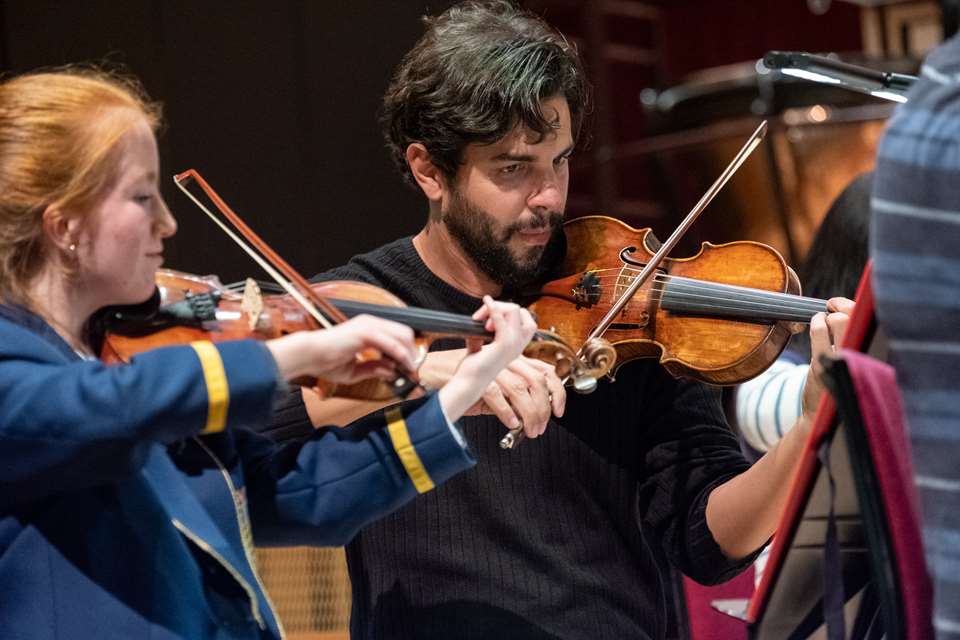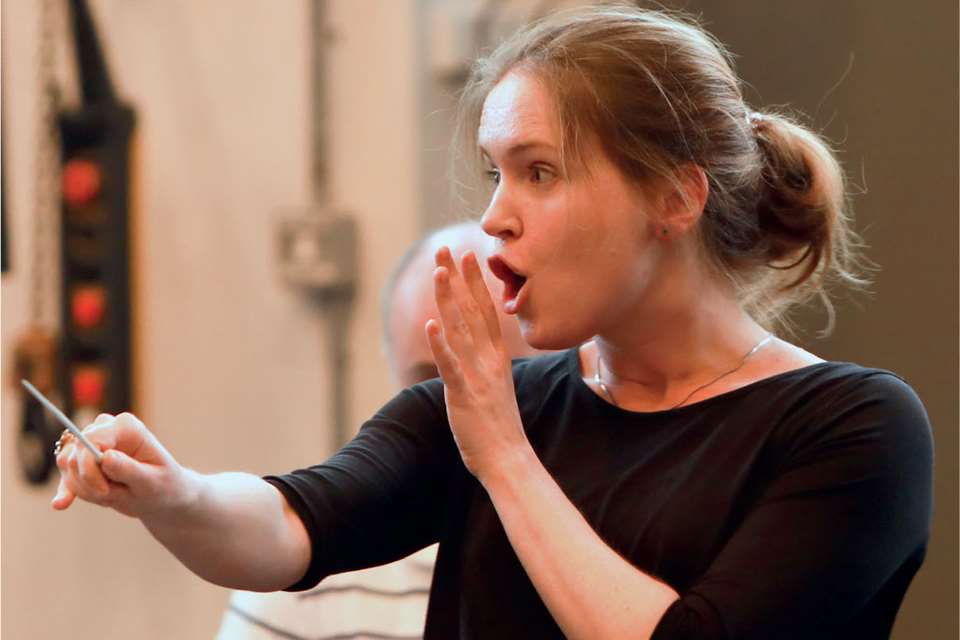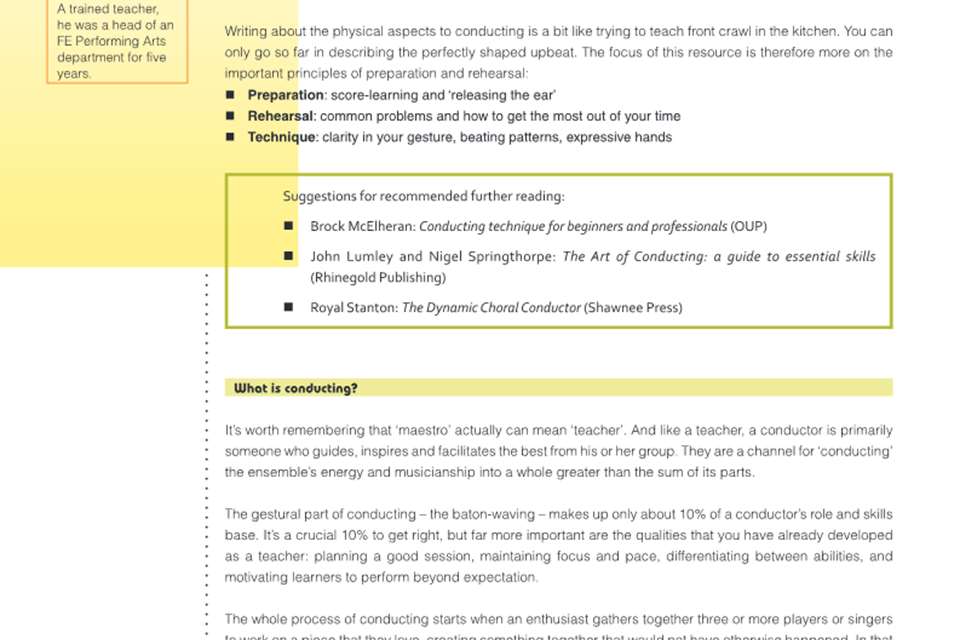With a click of a baton: ConductIT online conducting course
Hugh Morris
Tuesday, March 1, 2022
More and more music teachers find themselves conducting orchestras, choirs, bands and ensembles as part of their working lives, but how many have had formal training? Hugh Morris takes a look at ConductIT, a free online conducting course for educators and budding baton-wavers alike.
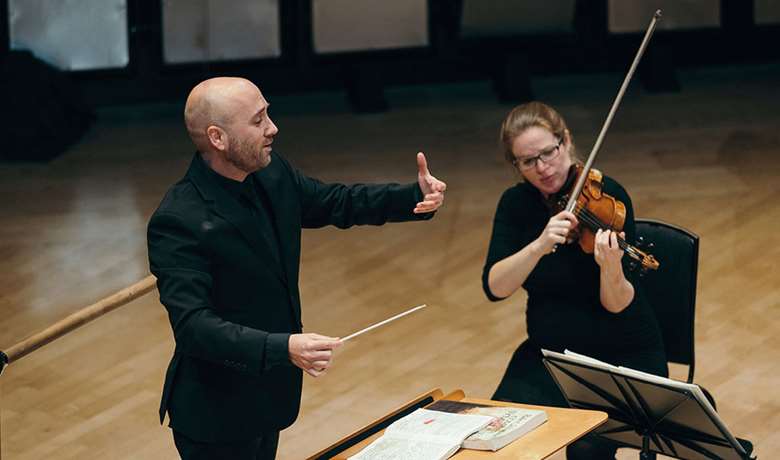
All images: Courtesy RNCM
The history of conductor training is puzzlingly short. Long-time music director of the Philadelphia Orchestra Leopold Anthony Stokowski once famously remarked that ‘conductors are born, not made’, a sentiment common in the era of the exalted maestro, and that readily transferred into approaches to conducting teaching – or lack of them. Conductors rather fell into their role, mostly ending up there via careers as instrumental or vocal virtuosos, or concertmasters of the orchestra. Others ended up on a circuitous route to the podium, apprenticed to a significant conductor in the vain hope they might keel over mid-performance, allowing their prodigy to step into the spotlight in their place…
Through the second half of the 20th century, though, this began to change, as conducting techniques were gradually standardised. Dedicated conducting courses began to spring up, at summer schools and then at conservatoires. As happened with other instruments, specific ‘schools’ of conducting began to emerge around locations and personalities – Jorma Panula and the so-called ‘Finnish School’, George Hurst at Canford Summer School, and Tim Reynish at the Royal Northern College of Music (RNCM). Today, there are more opportunities than ever to study conducting at a postgraduate level.
A cursory glance at recent international conducting appointments shows that studying conducting at some higher level has now become ‘the done thing’. Yet, despite the abundance of fresh-faced conducting graduates, it's easy to forget that, in comparison to other instrumental disciplines, the teaching of conducting is still in its infancy. This makes the new ConductIT resource a vital step forward in both demystifying the discipline and providing a genuinely accessible resource for music leaders of all persuasions.
What is it?
ConductIT is an online resource to support the study of conducting. It offers a range of materials relating to conducting technique, from basic principles and rehearsal skills through to notes on leadership, study routes, and advice from a range of industry professionals. It's been a huge undertaking: there are more than 200 separate webpages, over 200 specially created videos and over 1,000 PDF downloads available through the project. The resource is the result of a collaborative, cross-border project between the University of Stavanger (Norway), The Open University, RNCM, and the University of Aveiro (Portugal). Over the past three years, the four organisations enlisted more than 60 professional musicians to produce content for ConductIT, bringing together interactive lessons, detailed case studies, interviews and insights.
Mark Heron, the RNCM's head of conducting and lead content author for the ConductIT project comments: ‘We believe that ConductIT is the most comprehensive online resource about the art and craft of conducting in existence. We are very conscious that there are thousands of people out there for whom conducting is a small part of their professional activity, or a hobby, and we hope that ConductIT will help them to improve the quality of the work they do with their orchestras, choirs, bands, and ensembles.’
The site has five different areas: the MOOC (the main introductory course, with the acronym standing for ‘massive open online course’), the Study Room (which splits into four further parts: technique, rehearsal, performance and score study), the Careers Office (covering everything to do with the professional side of the discipline), the Rehearsal Studio (which gives case studies of rehearsals across ensembles – currently a work in progress) and a comprehensive library of excerpts, helpfully transposed for all manner of flexible instrument combinations.
It's designed to be used by all, expanding the authors’ usual focus on music students preparing for conducting studies. A large chunk of ConductIT's target audience are educators who are ‘active as conductors in their line of work and who wish to develop and further their skills in conducting through continued education. These conductors typically work with community orchestras, bands and choirs, or as educators in primary/secondary education’.
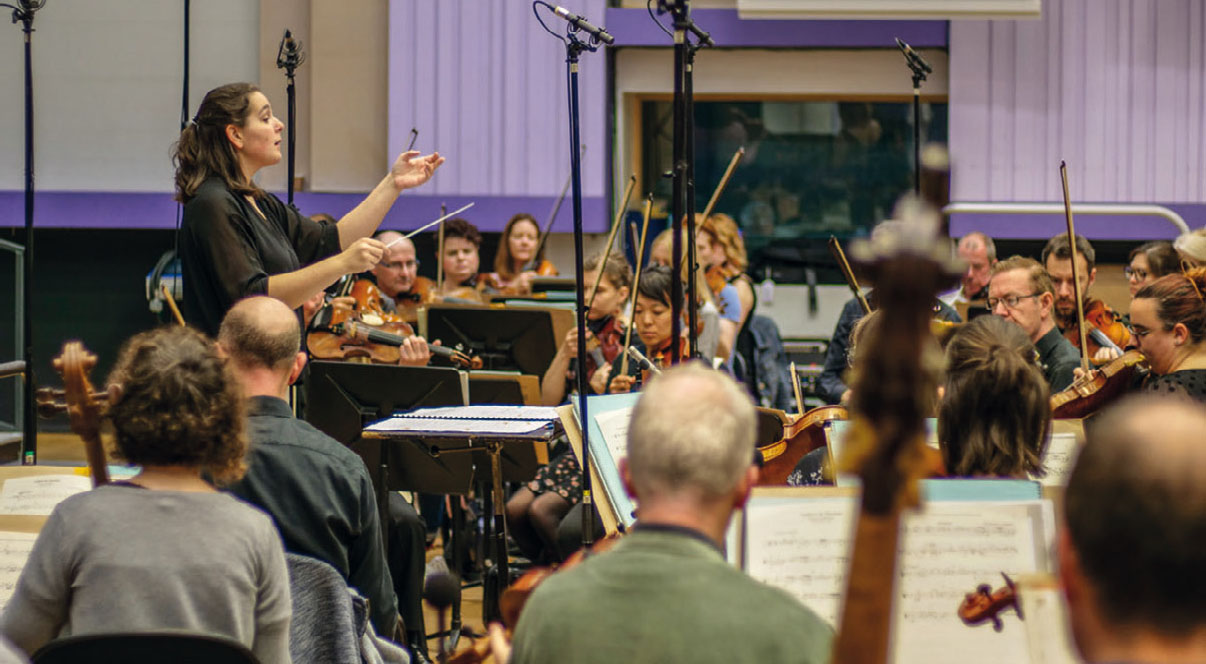
ConductIT reviewed
The first thing to remark is that, thanks to a substantial grant from the EU's Erasmus+ programme, the resource is completely free to use – a significant advantage for people wishing to upskill, or for educators who count conducting as one of many necessary skills needed to carry out their jobs. Dedicated conducting courses are usually quite pricey, and few cater to the basics of technique quite as well as this one.
Taking a closer look at the course, the first port of call is the MOOC (it could do with an explanation somewhere on the homepage noting the meaning of this acronym). This is the starting point for entry-level conductors. From the outset, it's clearly been designed by musicians from within the notated musical tradition, but it's not until the third subsection that we get into the techniques of score-reading, and, whether reading music or not, there is a terrific amount of content on offer either way.
The MOOC is split into five sections once again – technique, rehearsal, studying and preparing scores, a section called ‘Beyond the Baton’, and a final reflection. Technique begins with posture, accompanied by pictures of students in action. Through the opening sections of the course, the parts with a more instructional feeling accompanied by lots of audio, pictures and videos are the sections that come across to the learner with the most clarity. The sections on preparatory gestures, baton technique, and basic beat patterns are also delivered well, with useful GIFs for each of the main patterns and helpful demonstrations of good and bad techniques when leading small ensembles.
The culmination of the technique section is perhaps the most impressive part. There are three case studies, each presented in video format featuring three separate viewpoints, with analysis, downloadable parts, and score videos. The crucial aspect of this is who the videos showcase – students (albeit experienced ones) leading small groups of fellow students, as opposed to trying to imitate the big-name conductors whose popular performances appear on YouTube.
Tuition and advice
The topics covered by the MOOC give users both a well-grounded knowledge of conducting technique on its own and, crucially, how to immediately apply that to various contexts. Moving into the Study Room section, ConductIT becomes a more specific resource for score preparation, more advanced technical pointers, and people wishing to tailor their technique to certain settings – a legion of musicians offers their own takes on bands, opera, choirs, contemporary music and more. It's here that the resource also begins to move away from tuition and towards advice, a key theme of the project. ConductIT dispels the idea that there is one way to do conducting by offering a myriad collection of approaches from a range of viewpoints.
From an educator's perspective, the gradual segue into advice reaches its endpoint with the sections on conducting professional, non-professional and young musicians – to find them, select the drop-down menu ‘Career Paths’ section of the Careers Office. Arguably, some of the material covered here might have made its way into the Study Room section as a subsection of the types of ensembles a new conductor might be asked to conduct, rather than as a subsection of career advice for a young professional rising through the ranks.
Having said that, there are some extremely useful words from Heron, Rune Hannisdal and Birgitte Grong, particularly on the divisions between time spent coaching young players and time spent conducting. Seeing some of that in action – an analysis of a youth orchestra rehearsal, for example – would be a great addition to the work-in-progress Rehearsal Studio. Another useful addition would be a section on developing musical leadership skills suitable for community or outreach projects, where music making is less formal but still requires a degree of ‘conducting’.
‘A marvellous addition’
In general, more attention could be paid to ConductIT's text, particularly in the way it reads and how it is presented. In my view, ConductIT is at its most effective when text is kept to a minimum and where there are lots of pictures and video explanations. As it slowly shifts from tuition into advice, most of the extended chunks of text read like they have been transcribed from speech, which makes perfect sense given how physical, oral, and ultimately in-person conducting tuition is. But if that is the case, it needs a format that suits the content, like a video conversation, a video essay, or a snippet of audio, rather than elongated written texts that at times verge on streams of consciousness.
These points take little away from ConductIT – a marvellous addition to the conducting pedagogy that manages to successfully provide meaningful takeaways for educators and budding conductors with a wide array of existing ability.



